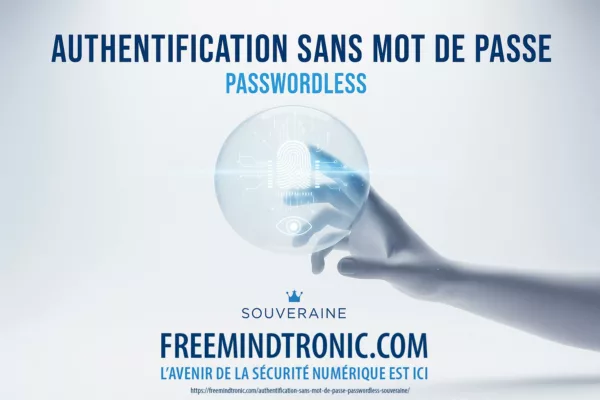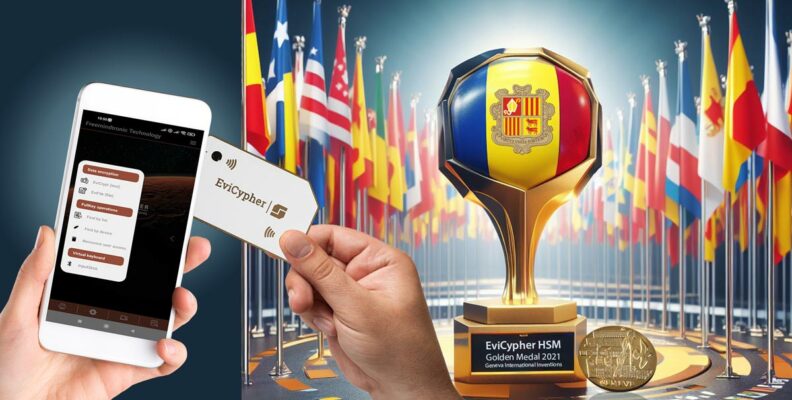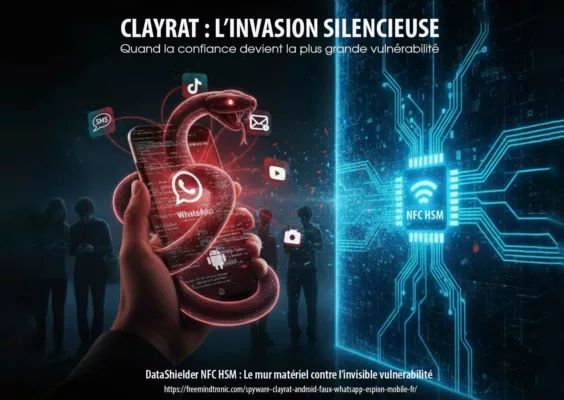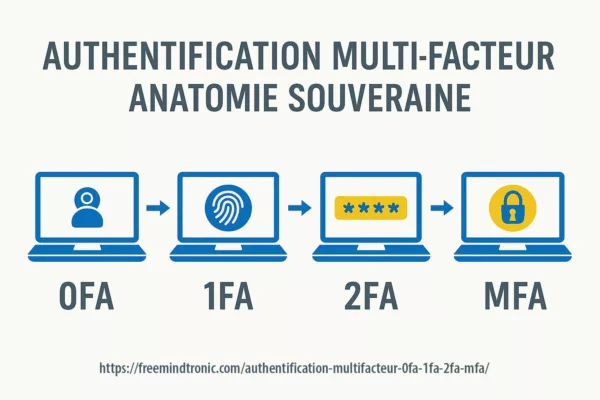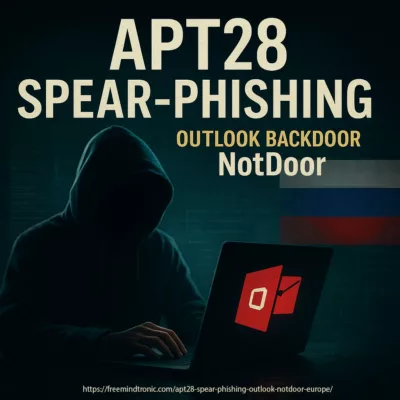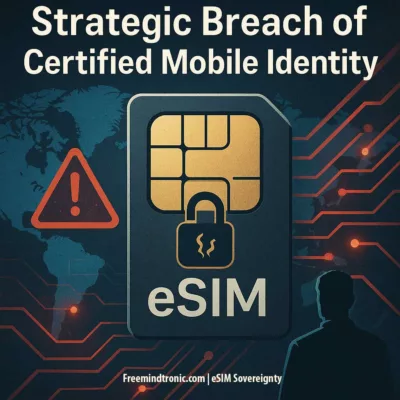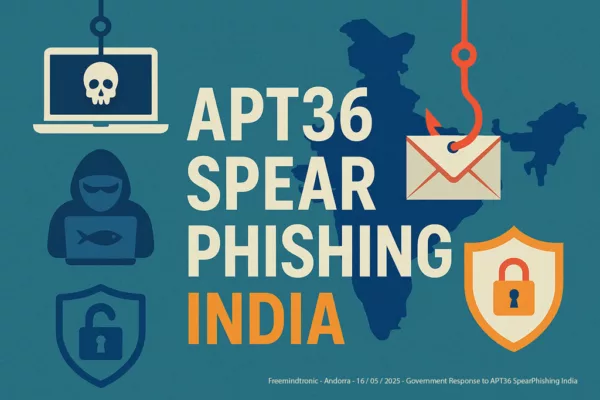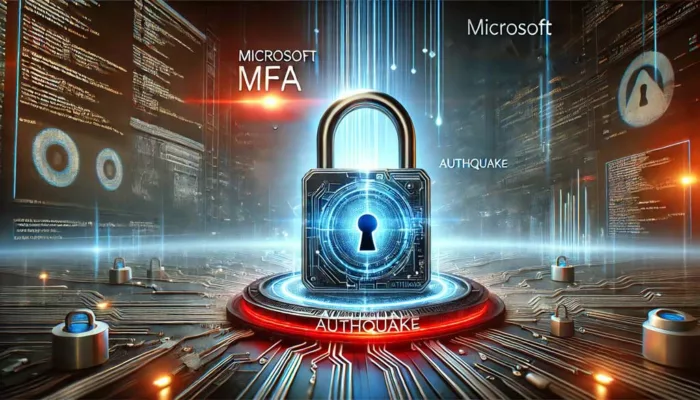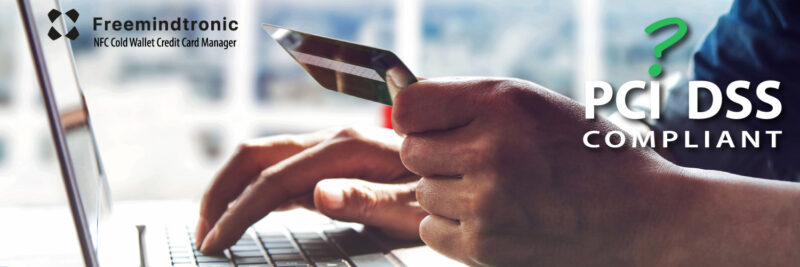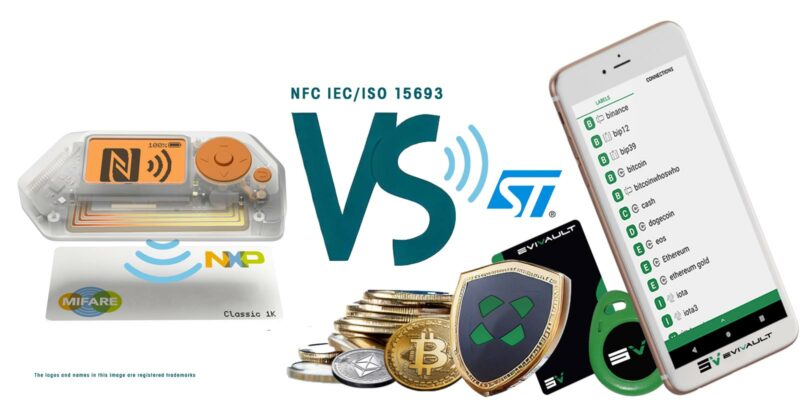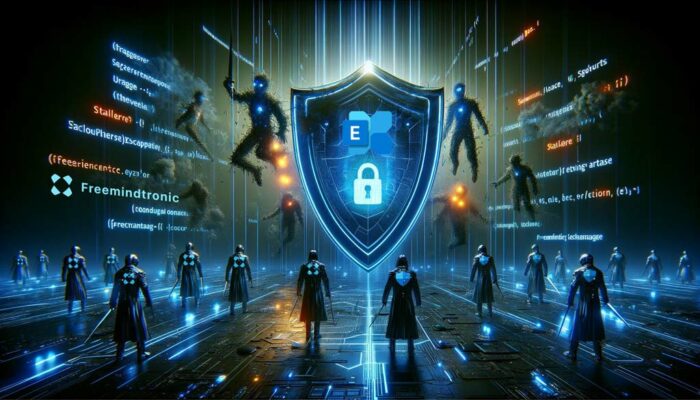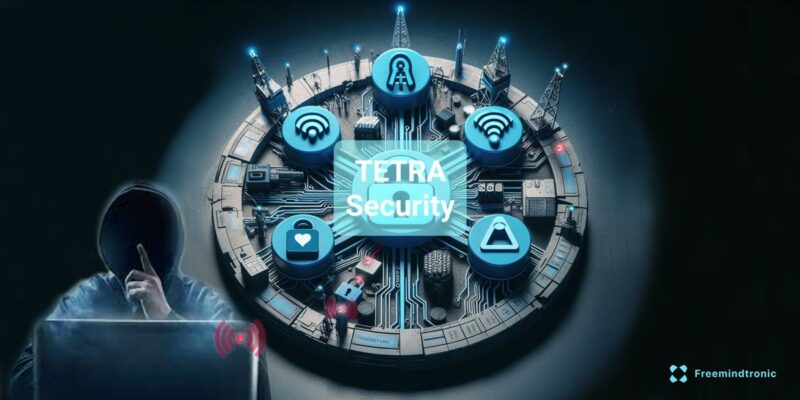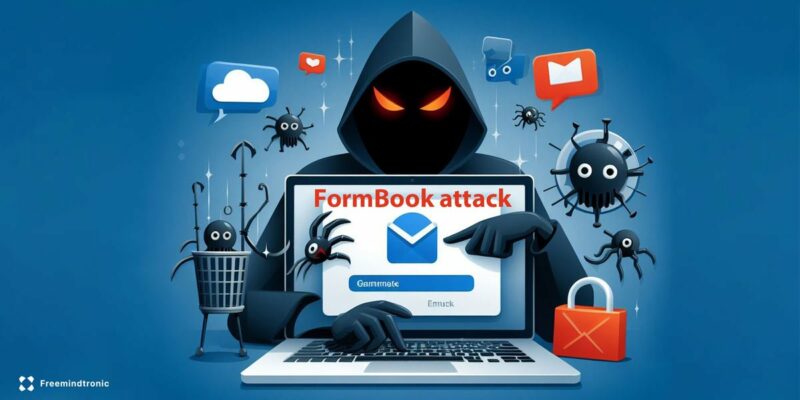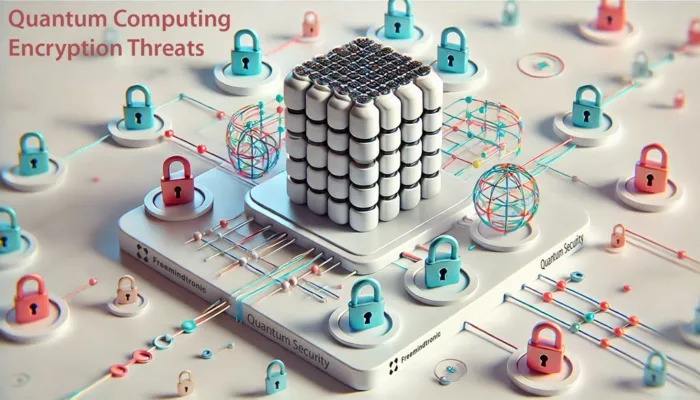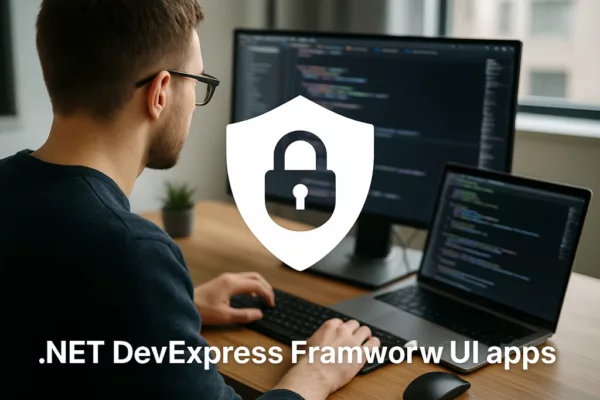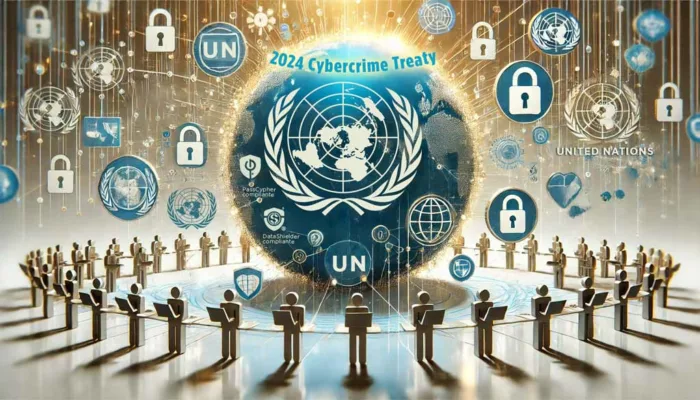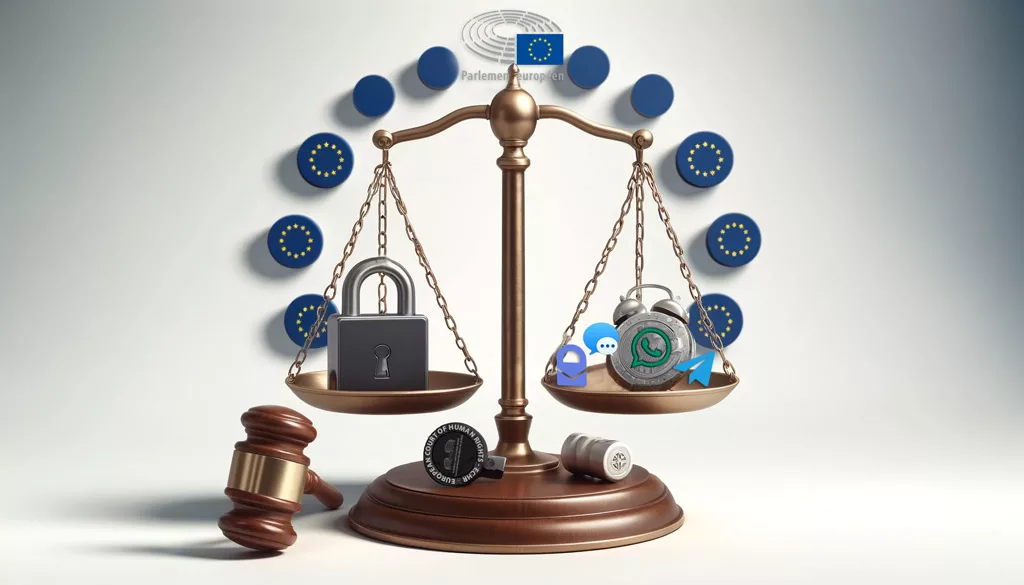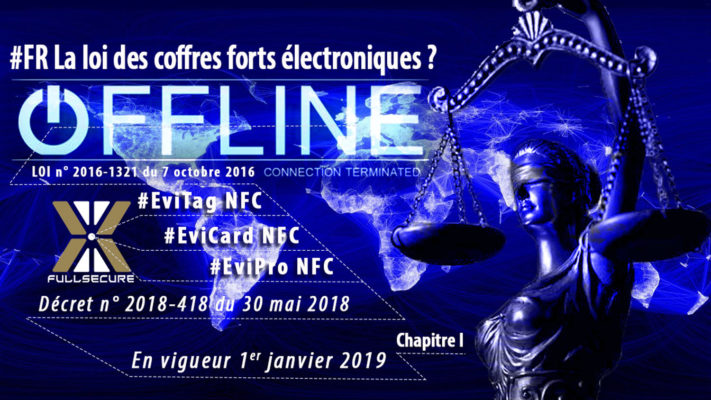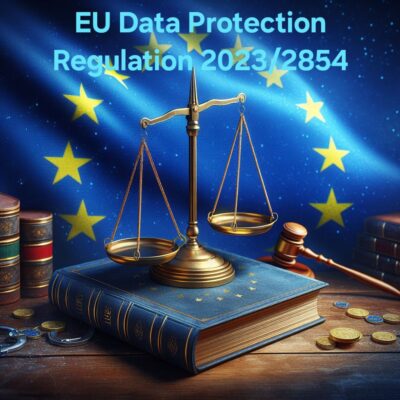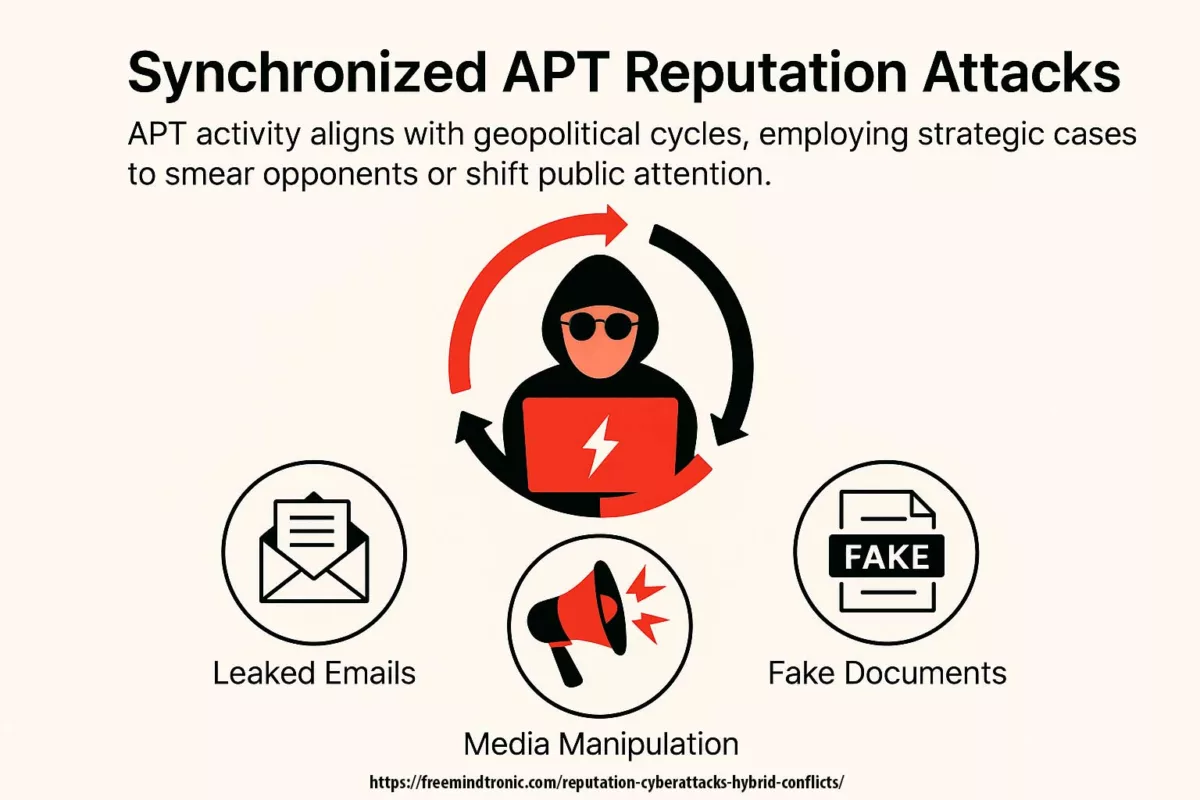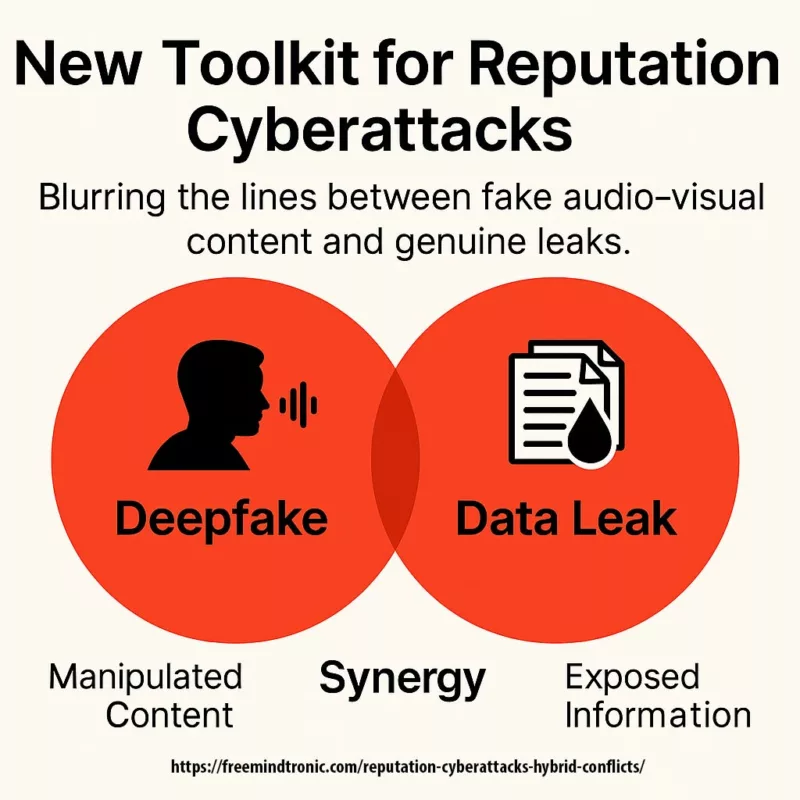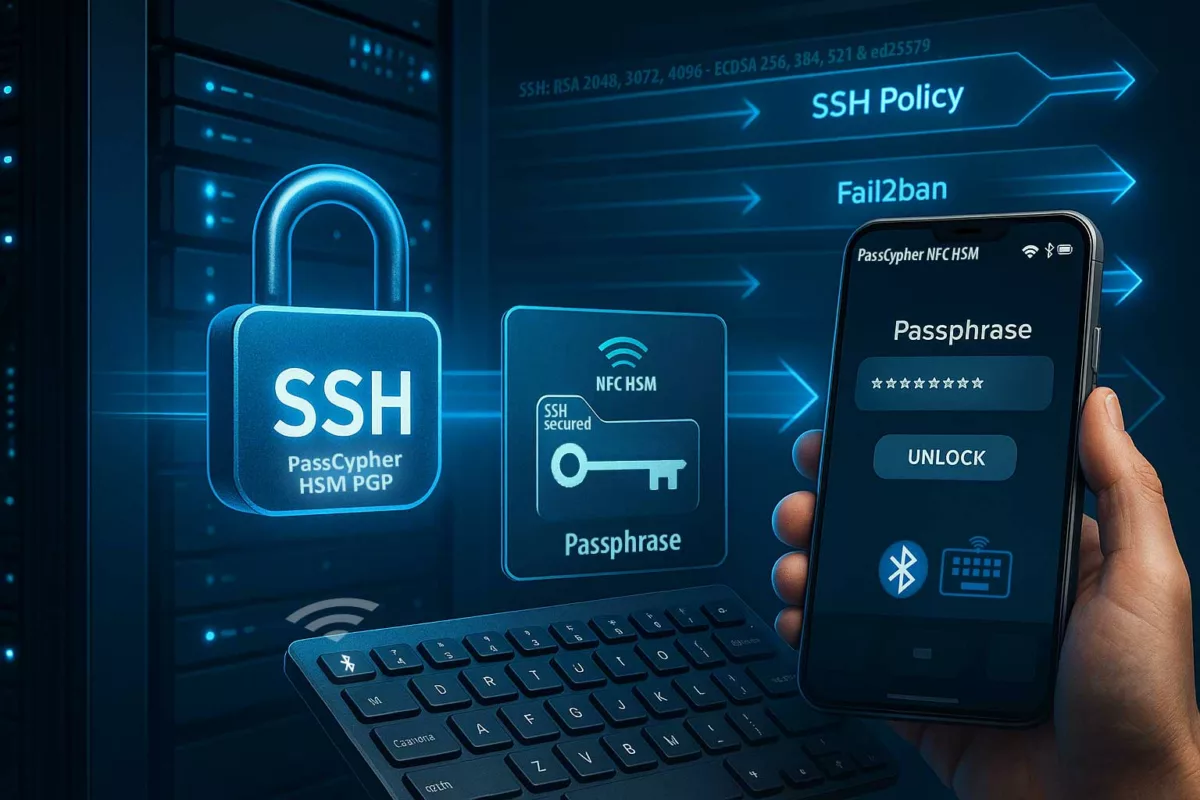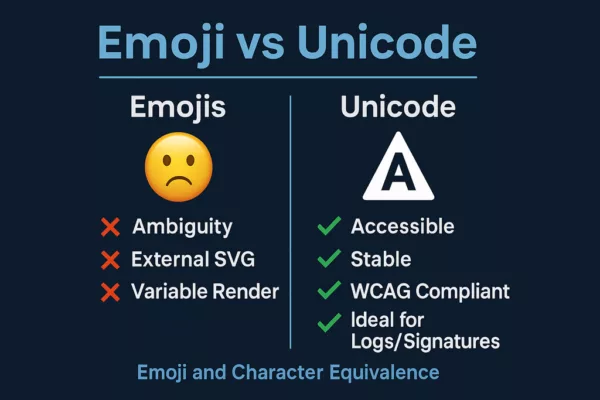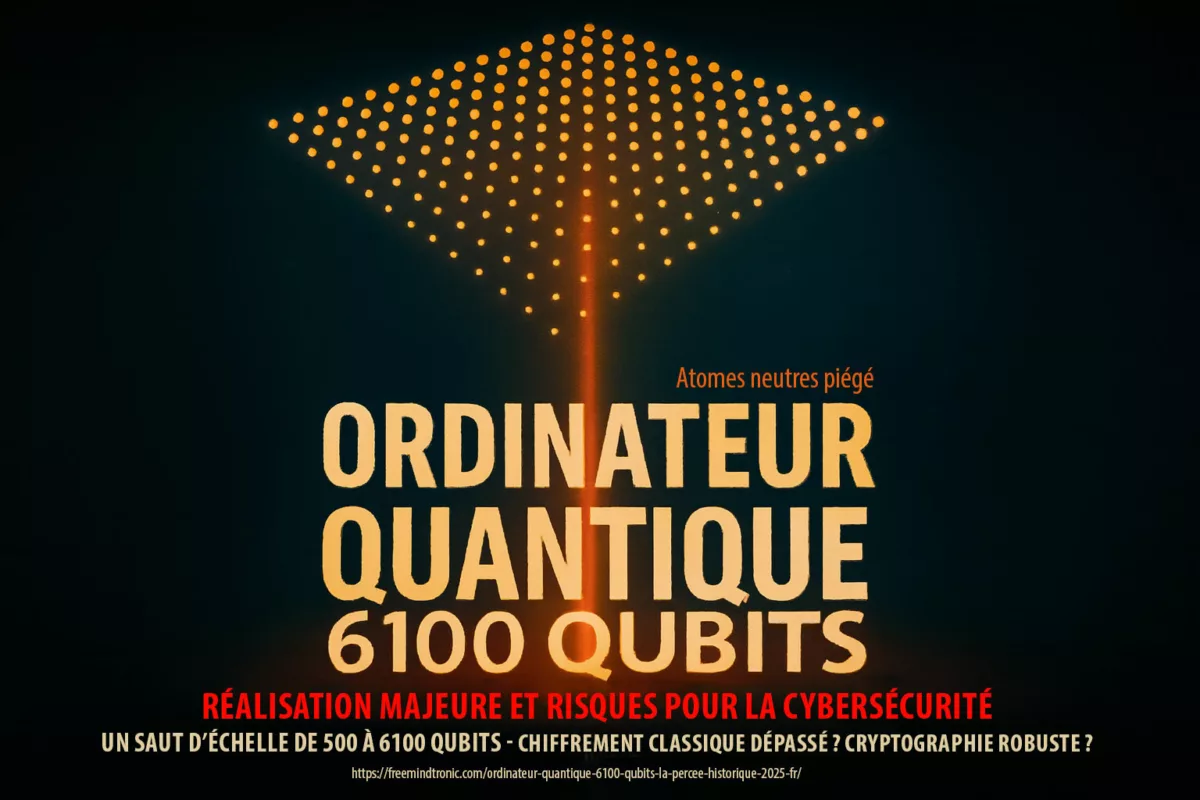Constitution non codifiée du Royaume-Uni & souveraineté numérique — Une chronique de cyber culture Freemindtronic, à l’intersection du droit constitutionnel britannique, des droits fondamentaux et des technologies de chiffrement souverain protégées par plusieurs brevets délivrés au Royaume-Uni.
Résumé express — Constitution non codifiée du Royaume-Uni
Constitution non codifiée et singularité britannique
Chapeau — Le Royaume-Uni est une anomalie apparente parmi les grandes démocraties : il fonctionne sans constitution écrite unique. Par ailleurs, il dispose d’un système politique et juridictionnel parmi les plus anciens et les plus influents du monde. De plus, entre souveraineté absolue du Parlement, jurisprudence créatrice et conventions politiques non écrites, cette architecture “floue mais robuste” encadre la manière dont l’État peut toucher aux droits fondamentaux, à la vie privée et, demain, au chiffrement.
Lecture rapide et enjeux numériques
Lecture rapide (≈ 3 min) : Tout d’abord, cette chronique s’appuie sur l’essai de Nina Angela Fernando, À la défense de l’inécrit : le Royaume-Uni et sa constitution non codifiée, que nous désignerons ici comme la Constitution non codifiée du Royaume-Uni. Elle examine ensuite ce que signifie, pour la cyber culture et la souveraineté numérique, l’existence d’un État dont la constitution est essentiellement jurisprudentielle, coutumière et législative. Autrement dit, elle n’est pas codifiée en un texte supérieur.
Avantages et limites des deux modèles
D’un côté, une constitution écrite promettrait clarté, pédagogie et verrous explicites contre la “dictature élective”. Elle garantirait séparation stricte des pouvoirs, catalogue de droits fondamentaux et procédure rigide de révision. En revanche, la constitution non codifiée britannique offre une flexibilité extrême. Elle permet des adaptations rapides aux crises (comme le Brexit). Toutefois, cette souplesse se paie d’une relative insécurité théorique : des droits majeurs (vie, vie privée, liberté d’expression) reposent sur des lois ordinaires. Par conséquent, ils sont modifiables par une majorité parlementaire déterminée.
Technologies souveraines et contre-pouvoir technique
Dans ce contexte, c’est ici que la réflexion rejoint directement l’ADN de Freemindtronic. Nos technologies — chiffrement offline, clés segmentées, contrôle d’accès sans tiers de confiance — sont protégées par plusieurs brevets délivrés au Royaume-Uni. Elles opèrent à l’intérieur même de ce cadre constitutionnel souple. Ainsi, elles proposent une forme de contre-pouvoir technique. Même si le droit se reconfigure, la protection cryptographique demeure gouvernée par la physique, les mathématiques et la maîtrise exclusive des clés par l’utilisateur.
Débat théorique et implications concrètes
Enfin, cette chronique montre comment un débat apparemment théorique sur la codification de la constitution britannique éclaire, en réalité, des enjeux très concrets. Il s’agit de la capacité d’un État à imposer ou non des portes dérobées. Mais aussi de la stabilité des droits fondamentaux, du rôle des juges et de la place stratégique des technologies souveraines de chiffrement dans un environnement institutionnel en constante évolution.
Paramètres de lecture
Temps de lecture résumé express : ≈ 3 minutes
Temps de lecture résumé enrichi : ≈ 5 minutes
Temps de lecture chronique complète : ≈ 25 minutes
Date de publication : 2025-12-09
Dernière mise à jour : 2025-12-09
Niveau de complexité : Avancé — Droit constitutionnel & cybersécurité
Densité technique : ≈ 60 %
Langue principale : FR. EN.
Spécificité : Chronique de cyber culture — Constitution non codifiée & souveraineté numérique
Ordre de lecture : Résumé → Résumé enrichi → Constitution non codifiée → Droits & contre-pouvoirs → Souveraineté technique → Cas d’usage souverain
Accessibilité : Optimisé pour lecteurs d’écran — ancres & balises structurées
Type éditorial : Chronique stratégique — Cyber culture & géopolitique du droit
Niveau d’enjeu : 8.3 / 10 — souveraineté juridique & technique
À propos de l’auteur : Jacques Gascuel, inventeur, fondateur de Freemindtronic Andorre, titulaire de plusieurs brevets en matière de protection électrique intelligente, d’authentification sans fil et de segmentation de clés, délivrés notamment au Royaume-Uni.
Références officielles
Points clés
- Le Royaume-Uni ne dispose pas d’une constitution écrite unique : son ordre constitutionnel repose sur les lois, la common law et les conventions.
- La souveraineté du Parlement permet des ajustements rapides, mais laisse théoriquement ouverts des scénarios de restriction des droits fondamentaux.
- Les contre-pouvoirs juridictionnels (Cour suprême, jurisprudence GCHQ, Miller, Ghaidan…) jouent un rôle clé dans la protection des droits.
- Les brevets Freemindtronic délivrés au Royaume-Uni encadrent des technologies de chiffrement souverain qui constituent, de fait, un contre-pouvoir technique dans ce paysage institutionnel.
- La souveraineté juridique d’un État et la souveraineté technique d’une infrastructure chiffrée sont deux dimensions complémentaires d’une même stratégie de résilience.
☰ Navigation rapide
- 🔝 Retour en haut
- Résumé express
- Résumé enrichi
- Chronique
- Constitution non codifiée du Royaume-Uni
- Droits fondamentaux & incertitudes
- Contre-pouvoirs techniques & chiffrement souverain
- Brevets Freemindtronic délivrés en UK
- Weak Signals
- Cas d’usage souverain
- FAQ
- Ce que nous n’avons pas couvert
- Perspective stratégique
Les billets affichés ci-dessus ↑ appartiennent à la même rubrique éditoriale Cyber culture — souveraineté numérique, géopolitique du droit & technologies de confiance. Ils prolongent l’analyse des liens entre architectures constitutionnelles, droits fondamentaux et chiffrement souverain dans l’écosystème Freemindtronic.
⮞ Préambule — Une constitution non écrite comme laboratoire de souveraineté
Le Royaume-Uni n’est pas seulement une curiosité académique pour les juristes : c’est un laboratoire vivant où se testent, depuis des siècles, différentes manières d’articuler pouvoir politique, droits fondamentaux et contrôle juridictionnel. C’est aussi un pays où Freemindtronic voit ses technologies protégées par des brevets délivrés en UK, au moment même où se discutent les limites de la surveillance, de la sécurité nationale et du chiffrement. Cette chronique propose de lire la constitution non codifiée britannique comme un “système d’exploitation” de l’État, et d’y confronter une autre architecture, celle des contre-pouvoirs techniques que représentent le chiffrement souverain et les HSM offline.
Résumé enrichi — Constitution non codifiée Royaume-Uni & souveraineté numérique
De l’inécrit constitutionnel aux garanties techniques
Pour aller plus loin, ce résumé enrichi éclaire quatre axes majeurs pour la cyber culture :
1. Tout d’abord, un ordre constitutionnel sans “texte sacré”.
lass=”yoast-text-mark” />>Au Royaume-Uni, la constitution n’est pas un document unique et suprême, mais un faisceau de sources : lois (Bill of Rights 1689, Human Rights Act 1998…), jurisprudence (Miller, Ghaidan, GCHQ…), conventions politiques (responsabilité ministérielle, rôle du Cabinet), et coutumes. Cette plasticité permet une adaptation rapide aux crises, comme l’a montré le Brexit, mais complique la lisibilité pour le citoyen.
2. Ensuite, des droits fondamentaux juridiquement protégés… mais révisables.
>Les droits à la vie, à la vie privée, à la liberté d’expression ou à la non-discrimination sont bien protégés en pratique, via la CEDH intégrée par le Human Rights Act 1998 et une jurisprudence dynamique. En théorie, ces droits restent cependant inscrits dans des lois ordinaires, modifiables ou abrogeables par une majorité parlementaire, même si le coût politique d’une telle démarche serait extrêmement élevé.
3. Un système de freins et contrepoids largement jurisprudentiel.
>La Cour suprême et les juridictions supérieures jouent un rôle-clé de garde-fou : contrôle des prérogatives gouvernementales (Miller), justiciabilité de certaines prérogatives royales (GCHQ), interprétation conventionnelle des lois ordinaires (Ghaidan). Le constitutionnalisme de common law fonctionne comme un “filet de sécurité” qui compense l’absence de texte constitutionnel codifié.
4. Enfin, l’entrée en scène des contre-pouvoirs techniques.
>Dans cet environnement, les technologies de chiffrement souverain offline, sans serveur ni tiers de confiance, deviennent une autre forme de contre-pouvoir. Elles rendent matériellement plus difficile toute tentative future d’imposer des portes dérobées généralisées ou de centraliser les clés. Les brevets Freemindtronic délivrés au Royaume-Uni s’inscrivent dans ce contexte : ils formalisent juridiquement une doctrine technique de souveraineté, au cœur d’un ordre constitutionnel pourtant très souple.
⮞ Key Insights — Ce qu’il faut retenir
- La constitution non codifiée du Royaume-Uni combine flexibilité politique, forte souveraineté parlementaire et contrôle juridictionnel tardif mais réel.
- Les droits fondamentaux y sont protégés par la loi et les juges, mais ne bénéficient pas d’un “blindage” textuel suprême comme dans certaines constitutions écrites.
- Les débats sur la codification révèlent une inquiétude croissante face à la concentration possible des pouvoirs — y compris sur le numérique et la surveillance.
- Les technologies Freemindtronic brevetées au Royaume-Uni (contrôle d’accès sans fil, segmentation de clés, HSM offline) constituent un complément technique aux contre-pouvoirs juridiques existants.
Sommaire
- Chronique complète — Constitution non codifiée & souveraineté numérique
- Le Royaume-Uni, une démocratie sans constitution écrite
- Droits fondamentaux, “dictature élective” et réalité juridique
- Du contrôle juridictionnel aux contre-pouvoirs techniques
- Brevets Freemindtronic délivrés en UK — Une souveraineté technique incarnée
- Weak Signals — Vers une conflictualité accrue sur le chiffrement
- Cas d’usage souverain Freemindtronic
- FAQ — Constitution britannique & souveraineté numérique
- Ce que nous n’avons pas couvert
- Perspective stratégique — Souveraineté juridique & souveraineté technique
La chronique qui suit propose une lecture croisée : d’un côté, la constitution non codifiée du Royaume-Uni, telle qu’analysée par Nina Angela Fernando ; de l’autre, les architectures techniques souveraines développées par Freemindtronic et protégées par des brevets délivrés en UK. L’objectif n’est pas de trancher le débat “pour ou contre une constitution écrite”, mais de montrer comment ces choix institutionnels influencent et rencontrent les enjeux de chiffrement, de vie privée et de contre-pouvoirs techniques.
Constitution non codifiée Royaume-Uni : une démocratie sans texte unique
Constitution non codifiée Royaume-Uni : une constitution “dispersée”
Le Royaume-Uni n’a pas de document unique intitulé “Constitution”. À la place, on trouve un ensemble de sources :
- des lois historiques (Magna Carta 1215, Bill of Rights 1689, Parliament Acts, Human Rights Act 1998, Constitutional Reform Act 2005, etc.) ;
- la common law, où les juges définissent et affinent les principes constitutionnels au fil des affaires ;
- des conventions politiques (par exemple : le Premier ministre doit être membre de la Chambre des communes, le gouvernement doit démissionner en cas de perte de confiance) ;
- des pratiques et usages consignés dans des documents comme le Cabinet Manual et, plus récemment, des notes de recherche du House of Commons Library.
Ce système a deux grands atouts :
- il est extrêmement adaptable : le Parlement peut voter rapidement des réformes majeures sans procédure de révision constitutionnelle lourde ;
- il permet une interaction continue entre législateur, juges et conventions politiques, au lieu de figer les équilibres dans un texte “intouchable”.
Mais cette flexibilité a un prix : il est difficile pour un citoyen — voire pour un juriste étranger — d’identifier clairement “où se trouve” la constitution, et ce qui, dans cet ensemble, est réellement intangible.
Brexit : crash-test de la constitution non codifiée Royaume-Uni
Ainsi, le Brexit a servi de stress test à ce système. La question de savoir si le gouvernement pouvait déclencher l’article 50 du Traité sur l’Union européenne sans l’accord du Parlement a abouti à l’arrêt R (Miller) v Secretary of State for Exiting the European Union [2017] UKSC 5. La Cour suprême a jugé que :
- le gouvernement ne pouvait pas, par simple usage de la prérogative royale en matière de relations extérieures, modifier des droits conférés par une loi du Parlement ;
- il fallait donc une autorisation parlementaire explicite pour notifier le retrait à l’UE.
Dans un État à constitution codifiée, une partie de cette question aurait été tranchée par le texte lui-même (compétences de l’exécutif, hiérarchie des normes, procédure de ratification/dénonciation des traités). Au Royaume-Uni, c’est la common law et l’argumentation judiciaire qui, a posteriori, ont fixé la règle.
Pour la cyber culture, cette dimension est essentielle : elle montre que les règles du jeu sur des sujets aussi centraux que la souveraineté, les traités ou (demain) le chiffrement et la surveillance peuvent être dessinées au fil des affaires, plus qu’anticipées dans un texte constitutionnel stable.
Constitution non codifiée Royaume-Uni : droits fondamentaux et “dictature élective”
Constitution non codifiée Royaume-Uni : Human Rights Act & CEDH comme bouclier
Concrètement, la protection des droits fondamentaux au Royaume-Uni repose principalement sur :
- la Convention européenne des droits de l’homme (CEDH) ;
- son incorporation en droit interne via le Human Rights Act 1998 (HRA).
Ce dispositif permet aux tribunaux :
- d’interpréter les lois internes autant que possible de manière compatible avec la CEDH ;
- de déclarer une incompatibilité entre une loi et la Convention (sans l’annuler automatiquement, mais en créant une pression politique forte pour la modifier) ;</li>
- d’offrir des voies de recours robustes aux justiciables en cas de violation de leurs droits.
Des arrêts comme Daly, Ghaidan ou A and others illustrent cette capacité des juges à renforcer les droits par une interprétation imaginative et protectrice.
Cependant, l’essai de Nina Angela Fernando insiste sur un point : le HRA est une loi ordinaire. En théorie, un futur Parlement pourrait :
- l’abroger purement et simplement ;
- ou adopter une nouvelle “Bill of Rights” nationale moins protectrice, au nom de la souveraineté.
C’est ce que Lord Hailsham désignait comme le risque de “dictature élective” : une majorité parlementaire, obtenue dans un système majoritaire, peut concentrer une grande partie du pouvoir, sans les garde-fous procéduraux d’une constitution rigide.
Une impossibilité politique… mais pas mathématique
Dans les faits, de nombreuses contraintes rendent peu probable une abrogation brutale des droits :
- l’opinion publique et la société civile ;
- les engagements internationaux ;
- la résistance des juges à interpréter les textes de manière trop restrictive ;
- le coût politique et diplomatique d’un retrait assumé du système CEDH.
Mais pour un ingénieur de sécurité ou un architecte de systèmes souverains, la question ne se pose pas en termes de probabilité politique, mais de surface de risque : un droit qui peut, en théorie, être affaibli, doit être doublé d’une garantie technique.
C’est là que les technologies de chiffrement souverain prennent le relais : elles rendent beaucoup plus difficile, même pour un État déterminé, de transformer une hypothèse juridique en réalité opérationnelle de surveillance de masse.
Constitution non codifiée Royaume-Uni : du contrôle juridictionnel aux contre-pouvoirs techniques
Checks & balances institutionnels
Au Royaume-Uni, les freins et contrepoids reposent sur plusieurs piliers :
- le Parlement, qui peut contrôler l’exécutif (commissions, questions, votes de confiance) ;
- les tribunaux, qui encadrent l’usage des prérogatives gouvernementales et l’interprétation des lois (GCHQ, Miller, Ghaidan…) ;
- les conventions et la culture politique, qui imposent des comportements non écrits (responsabilité ministérielle, démissions, enquêtes indépendantes) ;
- les organismes de contrôle (commissions parlementaires, autorités indépendantes, parfois fragilisées mais actives).
Ces mécanismes sont réels et souvent efficaces. Mais ils restent ancrés dans le champ du droit et de la politique. Ils interviennent après coup, lorsqu’un projet de loi, une pratique administrative ou une décision exécutive posent problème.
Checks & balances cryptographiques
De plus, les architectures Freemindtronic introduisent un autre type de freins et contrepoids, cette fois au niveau technique :
- Chiffrement local & offline : les secrets sont chiffrés et stockés sur des supports que l’utilisateur contrôle physiquement, sans dépendance à un serveur.
- Segmentation des clés : les clés sont fragmentées ou distribuées selon des logiques qui empêchent qu’un seul acteur (fournisseur, État, administrateur) puisse, à lui seul, déverrouiller le système.
- Absence de tiers de confiance central</strong> : aucune autorité unique ne détient les clés maîtresses, ni la capacité de déclencher un déchiffrement global.
- Traçabilité embarquée (boîte noire) : certains dispositifs enregistrent les événements de sécurité critiques, sans pour autant alimenter une base de données centralisée.
Là où la constitution non codifiée britannique organise un équilibre politique, ces architectures organisent un équilibre cryptographique. L’objectif est identique : empêcher qu’un seul centre de pouvoir ne puisse tout décider, tout voir, tout modifier.
Brevets Freemindtronic délivrés en UK — Une souveraineté technique incarnée
Des inventions ancrées dans le droit britannique
Les technologies Freemindtronic (protection électrique intelligente, contrôle d’accès sans fil, segmentation de clés, HSM offline) sont protégées par plusieurs brevets délivrés au Royaume-Uni, en parallèle de leur protection en France, en Europe et dans d’autres juridictions.
Ces brevets portent notamment sur :
- des systèmes de surveillance et protection de l’alimentation d’un appareil électrique, avec enregistrement infalsifiable des événements (logique de “boîte noire”) ;
- un système de contrôle d’accès sans fil, permettant de déverrouiller un support ou un service sans dépendre d’un système biométrique connecté ni d’un serveur ;
- un système d’authentification à clé segmentée, où les secrets critiques ne sont jamais détenus entièrement par un seul support ou un seul acteur.
Le fait que ces inventions soient protégées au Royaume-Uni est plus qu’un détail administratif : cela signifie qu’elles sont reconnues et encadrées par le droit britannique, dans un pays qui réfléchit intensément à la manière de concilier sécurité nationale, vie privée et souveraineté numérique.
Une doctrine technique au cœur d’un ordre constitutionnel souple
Dans un ordre constitutionnel non codifié, où :
- les équilibres juridiques peuvent évoluer rapidement ;
- les lois de surveillance peuvent être révisées à la marge ou en profondeur ;
- les débats sur le chiffrement et les “backdoors” sont récurrents,
les brevets Freemindtronic jouent un rôle singulier :
- ils matérialisent une doctrine technique de souveraineté</strong> : pas de serveur tiers, pas de base de données d’identités, pas de clés maîtresses centralisées ;
- ils offrent aux acteurs britanniques (publics et privés) la possibilité d’adopter des <strong>solutions de contre-espionnage qui demeurent robustes même si l’environnement juridique se durcit ;
- ils démontrent que la souveraineté numérique ne se joue pas seulement dans les textes, mais aussi dans la manière dont les architectures techniques sont conçues, brevetées et déployées.
En ce sens, ces brevets sont une forme de “constitution technique” : ils fixent, dans le champ de l’ingénierie, des principes de non-centralisation, de segmentation des clés et de maîtrise locale qui limitent concrètement ce qu’un pouvoir, même juridiquement souverain, peut faire.
Les points clés à retenir sont :
- La constitution non codifiée britannique offre une flexibilité politique élevée, encadrée par la common law et les juges, mais sans blindage textuel suprême.
- Les droits fondamentaux y sont bien protégés en pratique, tout en restant théoriquement vulnérables à des revirements législatifs.
- Les brevets Freemindtronic délivrés en UK concrétisent une souveraineté technique qui limite, par conception, la capacité de n’importe quel acteur à centraliser les clés et le pouvoir sur les données.
- Les contre-pouvoirs techniques complètent les contre-pouvoirs institutionnels, en rendant certaines dérives politiquement imaginables techniquement impraticables.
Weak Signals — Vers une conflictualité accrue sur le chiffrement
Ces éléments relèvent de signaux faibles, mais porteurs de scénarios à surveiller pour la souveraineté numérique.
- Pressions croissantes sur le chiffrement fort : entre terrorisme, criminalité organisée et espionnage, les appels politiques à “encadrer” le chiffrement end-to-end se multiplient dans plusieurs démocraties, y compris au Royaume-Uni.
- Risque de “lois de circonstance” : dans un système non codifié, une crise majeure pourrait justifier, au nom de l’urgence, des lois de surveillance plus intrusives, testant la résistance du HRA et des juges.
- Centralisation technique vs. architectures souveraines : la tension entre solutions cloud centralisées et dispositifs offline souverains va s’accentuer, notamment dans les secteurs de la défense, de l’énergie, des infrastructures critiques et des données sensibles de citoyens.
Cas d’usage souverain Freemindtronic — Protéger les secrets dans un État à constitution souple
⮞ Scénario — Une réforme controversée des pouvoirs de surveillance
Imaginons un scénario hypothétique au Royaume-Uni :
- Une nouvelle vague d’attentats ou de cyberattaques majeures frappe le pays.
- Le gouvernement propose une <strong>réforme législative élargissant les pouvoirs de collecte et d’accès aux données chiffrées.
- Au nom de la sécurité nationale, certaines autorités demandent la possibilité d’imposer des <strong>backdoors ou des clés d’accès d’urgence dans les solutions de chiffrement déployées sur le territoire.
Dans un État à constitution écrite rigide, une telle réforme devrait franchir des obstacles textuels explicites. Au Royaume-Uni, elle passerait par un débat parlementaire intense, un contrôle juridictionnel a posteriori, et une bataille d’opinion.
⮞ Rôle des solutions souveraines Freemindtronic
Dans ce contexte, des solutions comme DataShielder NFC HSM, PassCypher HSM PGP ou SeedNFC HSM — fonctionnant :
- sans serveur ;
- sans base de données d’utilisateurs ;
- sans backdoor ;
- avec clés générées et stockées localement dans des HSM offline ;
apportent plusieurs garanties concrètes :
- Les clés de chiffrement ne sont pas centralisées : il n’existe pas de “maître-coffre” susceptible d’être réquisitionné ou compromis.
- Les communications et données protégées restent inexploitables sans les facteurs matériels et secrets segmentés détenus par les utilisateurs légitimes.
- Une tentative de créer, par la loi, une obligation de backdoor se heurterait à une réalité technique : il n’y a rien à “ouvrir” à distance sans reconfigurer, volontairement, les dispositifs eux-mêmes.
⮞ Après l’incident : dommage limité, données inexploitables
Même dans le pire des cas (intrusion dans un système, vol de disques, compromission d’un poste de travail) :
- les données protégées par des architectures Freemindtronic demeurent chiffrées ;
- les secrets cryptographiques ne sont pas présents en clair dans la mémoire d’un OS vulnérable aux infostealers ;
- un attaquant — qu’il soit cybercriminel, concurrent ou acteur étatique — se retrouve face à des blocs chiffrés mathématiquement inexploitables sans les clés, même à long terme.
Ainsi, dans un État où la constitution est non codifiée et où les équilibres juridiques peuvent évoluer rapidement, ces solutions jouent le rôle d’un ancrage de confiance technique. Elles garantissent que la protection des secrets critiques ne dépend pas exclusivement des textes, mais aussi de propriétés physiques et cryptographiques difficilement négociables.
Questions fréquentes — Constitution britannique & souveraineté numérique
Un ordre constitutionnel sans texte unique
En pratique, non ; en théorie, il est plus souple
Une seconde jambe de la protection des droits
Parce que la souveraineté technique s’inscrit dans la souveraineté juridique
Un risque théorique compensé par des contre-pouvoirs… et par la technique
Ce que nous n’avons pas (encore) couvert
Cette chronique ne détaille pas :
- les finesses doctrinales du débat universitaire britannique sur la codification (arguments de Bogdanor, Murkens, Allan, etc.) ;
- les évolutions précises des lois de surveillance et de sécurité au Royaume-Uni (Investigatory Powers, Online Safety, réformes récentes) ;
- la cartographie exhaustive des produits Freemindtronic et de leurs déclinaisons sectorielles au Royaume-Uni.
Ces sujets feront l’objet de billets dédiés : l’un centré sur le constitutionnalisme de common law, un autre sur les cadres juridiques de la surveillance et du chiffrement, et un troisième sur les cas d’usage concrets des technologies Freemindtronic dans les environnements britanniques publics et privés.
Perspective stratégique — Souveraineté juridique & souveraineté technique
Le débat sur la codification de la constitution du Royaume-Uni semble relever des amphithéâtres de droit public. En réalité, il touche au cœur des enjeux de cyber culture et de souveraineté numérique.
- Un État à constitution non codifiée démontre que la stabilité politique peut reposer sur des équilibres dynamiques : lois, juges, conventions, culture politique.
- Les droits fondamentaux peuvent y être protégés, même sans texte constitutionnel unique — mais restent tributaires des rapports de force politiques.
- Dans ce contexte, les contre-pouvoirs techniques (chiffrement souverain, segmentation des clés, absence de tiers de confiance) deviennent essentiels à la résilience globale.
Pour Freemindtronic, le fait que ses brevets soient délivrés au Royaume-Uni n’est pas anecdotique : c’est la reconnaissance, au sein d’un ordre constitutionnel souple, d’une doctrine technique rigoureuse sur un point précis : le contrôle ultime des secrets appartient à ceux qui les détiennent physiquement, et non à une entité centrale.
À l’heure où les démocraties envisagent de nouvelles régulations du chiffrement, la convergence entre :
- Souveraineté juridique — organisation des pouvoirs, protection des droits, rôle des juges ;
- Souveraineté technique — architectures offline, absence de serveur, brevets de segmentation des clés ;
devient un enjeu stratégique majeur. La constitution non codifiée du Royaume-Uni rappelle que la liberté n’est jamais seulement écrite : elle est incarnée dans des pratiques, des institutions… et désormais, dans des technologies qui rendent les excès de pouvoir mathématiquement coûteux.











